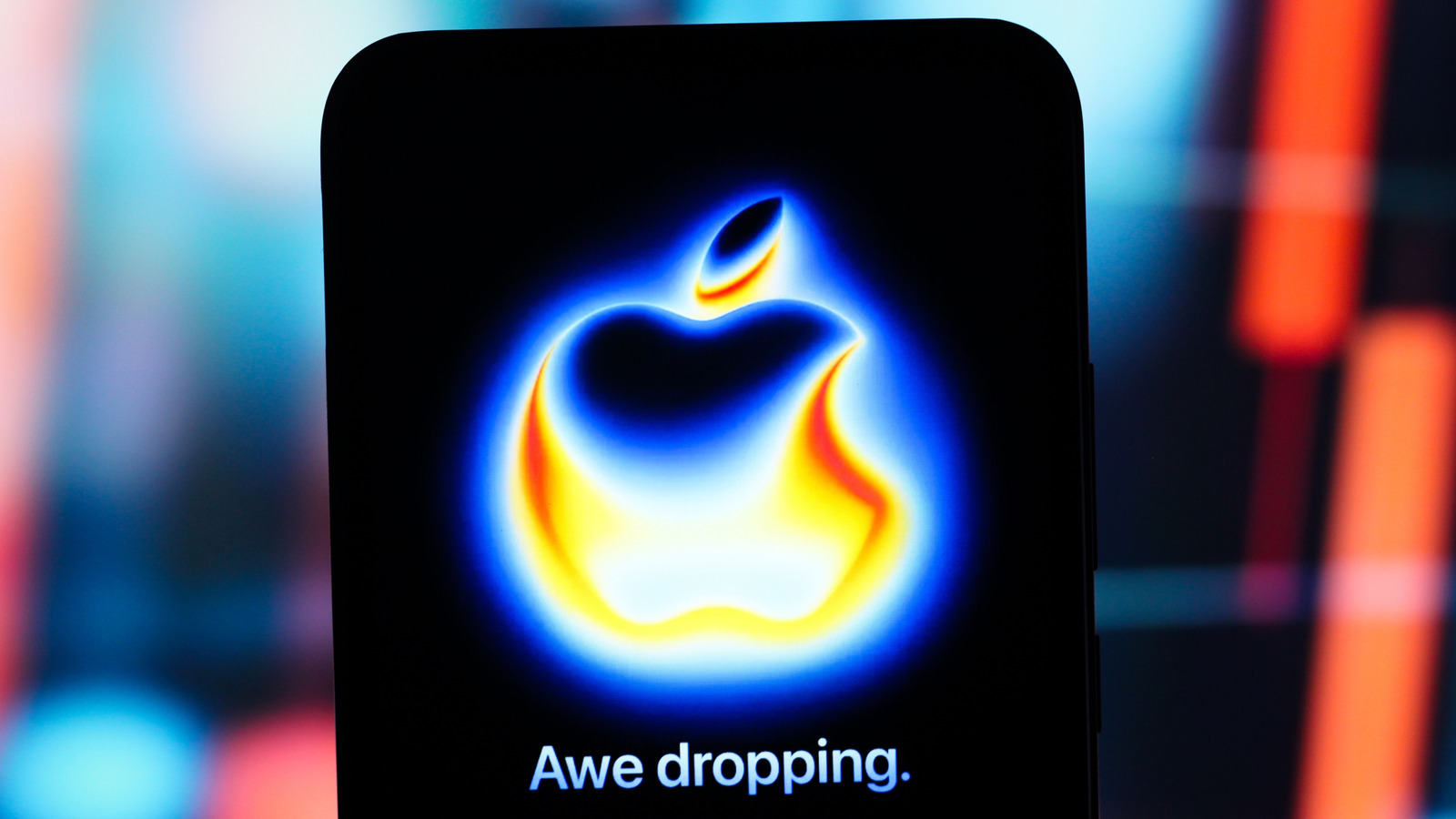I’ll admit: I’m not exactly thrilled about the steady rise of AI tools on devices such as the recently introduced iPhone 17. For me, this opinion has less to do with any worry about privacy. Instead, I’ve found many of the tools to be too unreliable or gimmicky for use on both native and third-party apps at this time. With this in mind, I recently began to question whether it was possible to remove or at least disable AI features on my favorite apps. Unfortunately, the answer to this question is fuzzy, at best.
Where we are
No, Apple isn’t moving away from AI

There was barely any mention of Apple Intelligence at the iPhone 17 event. But don’t let this fool you: Cupertino still sees a future that includes artificial intelligence. In fact, it’s baked into most of the company’s native apps across multiple devices.
As a user, you still have some control, however, and can at least lessen the use of AI on many of the most popular apps.
The all-or-nothing approach
Disable Apple Intelligence


At the time of this writing, Apple allows you to disable Apple Intelligence on the iPhone. In fact, Apple Intelligence is inactive by default and only becomes active if you turn it on during setup.
If you want to turn off Apple Intelligence after the fact, you can do so in just a few steps. This involves navigating to the Settings app in iOS 26, then selecting Apple Intelligence & Siri. From there, toggle off Apple Intelligence. In this scenario, Apple’s AI tool is disabled, and you can get on with your day.
A better solution
Tweak your app settings
I’d suggest leaving Apple Intelligence firmly in the on position on your iPhone. Rather than turning it off completely, I’d advise tweaking its capabilities to better match your needs.
When Apple Intelligence is activated, by default, every app installed on your iPhone can use it. However, you can change this. This involves returning to the Apple Intelligence & Siri screen on your iPhone, then selecting Apps under the Apple Intelligence and Siri App Access section.
From this screen, you’ll see a list of every app installed on your device. When tapping on any of the apps on the list, you’ll see a toggle indicating that “Learn from the App” is turned on. This setting allows Siri to learn how you use the app and use this information to make suggestions across apps. Learning is a key component of any AI model.


You can also limit what Apple Intelligence can do on native apps. This involves accessing the Settings app and selecting Screen Time. On the next screen, choose Content & Privacy Settings, then Intelligence & Siri. From this screen, you can disable Image Create and Writing Tools under the Apple Intelligence section. You can also disallow whatever intelligence extensions that might be available to app developers.
At least for now, I’ve deactivated Apple Intelligence’s writing tools across all of my devices. These tools, which primarily involve proofreading, rewriting, and summarization, are likely to be effective over time. However, I find them more problematic than helpful in their present form. When Apple releases a significant Apple Intelligence update, I’ll no doubt activate them again to see whether they’ve improved.
I’m less concerned about Apple Intelligence’s image creation tools, which I actually find enjoyable to use, although I can’t think of many practical use cases for them. I continue to use them, if for no other reason than to see how they continue to evolve.
What about third-party apps?
Some of these go beyond Apple Intelligence
By going into the settings mentioned above, you can remove Apple Intelligence from your third-party apps. However, many of my favorite apps also use AI tools that extend beyond Apple’s. For these, I’ve tried my best to disable the tools or refrain from using them.
At the top of my list are two Meta apps: Facebook and Instagram. One relatively new AI feature on Facebook is camera roll cloud processing. This setting, when activated, grants Meta access to your private photos, including those you’ve never shared. In turn, the files are uploaded to Meta’s servers, where they can be used to make content recommendations, auto-edit or reimagine your photos using AI, or suggest themed compilations such as monthly recaps and birthday highlights.
By default, cloud processing for the camera roll is turned off. However, it’s entirely possible you activated it through a pop-up that you forgot about. If this is the case, you can deactivate it by opening the Facebook app, then selecting Menu -> Settings and Privacy. From there, search for Camera roll sharing suggestions and un-toggle each of the options.
On the Instagram app, you can take away the app’s ability to suggest stories and posts based on what it finds in your camera roll. This can include location information, the presence of people and animals, and more.
To remove this, open the Instagram app and start creating a new reel. From there, choose the settings icon at the top right. On this screen, remove access to your phone’s camera roll.
Other ways AI is being handled
These two apps approach AI very differently


Finally, it’s worth noting that two of my other favorite iPhone apps have employed completely different approaches when it comes to AI. It would be helpful if other apps took similar approaches.
Halide, one of many popular camera apps for iPhone, now features a new option called Process Zero. With this feature, you can snap photos that offer a minimal, film-like processing approach, taking photos with zero AI and minimal computational image processing. By contrast, Apple’s default Camera app uses AI to combine multiple shots, enhance colors, remove noise, and apply HDR-style brightening and sharpening, which you may not want.
And then there’s Muse, a popular reels video and photo generator. You can use this app to create content for your socials using various artistic styles. The app also offers a “Created by AI” feature. These suggested clips are based on content AI discovers in your photos and videos. If you want to use these, you can do so. Otherwise, Muse’s long list of templates does not utilize AI; the choice is yours.
The bottom line
AI technology isn’t going anywhere. Luckily, there are some user controls available that you can use to limit its use. On the iPhone, Apple presents an all-or-nothing AI experience, but you can adjust AI visibility through proper settings to determine its daily impact. There are also controls available on some third-party apps that allow you to limit your AI exposure. And then there are apps like Halide and Muse, which give you complete control over whether you want to use their AI features.










